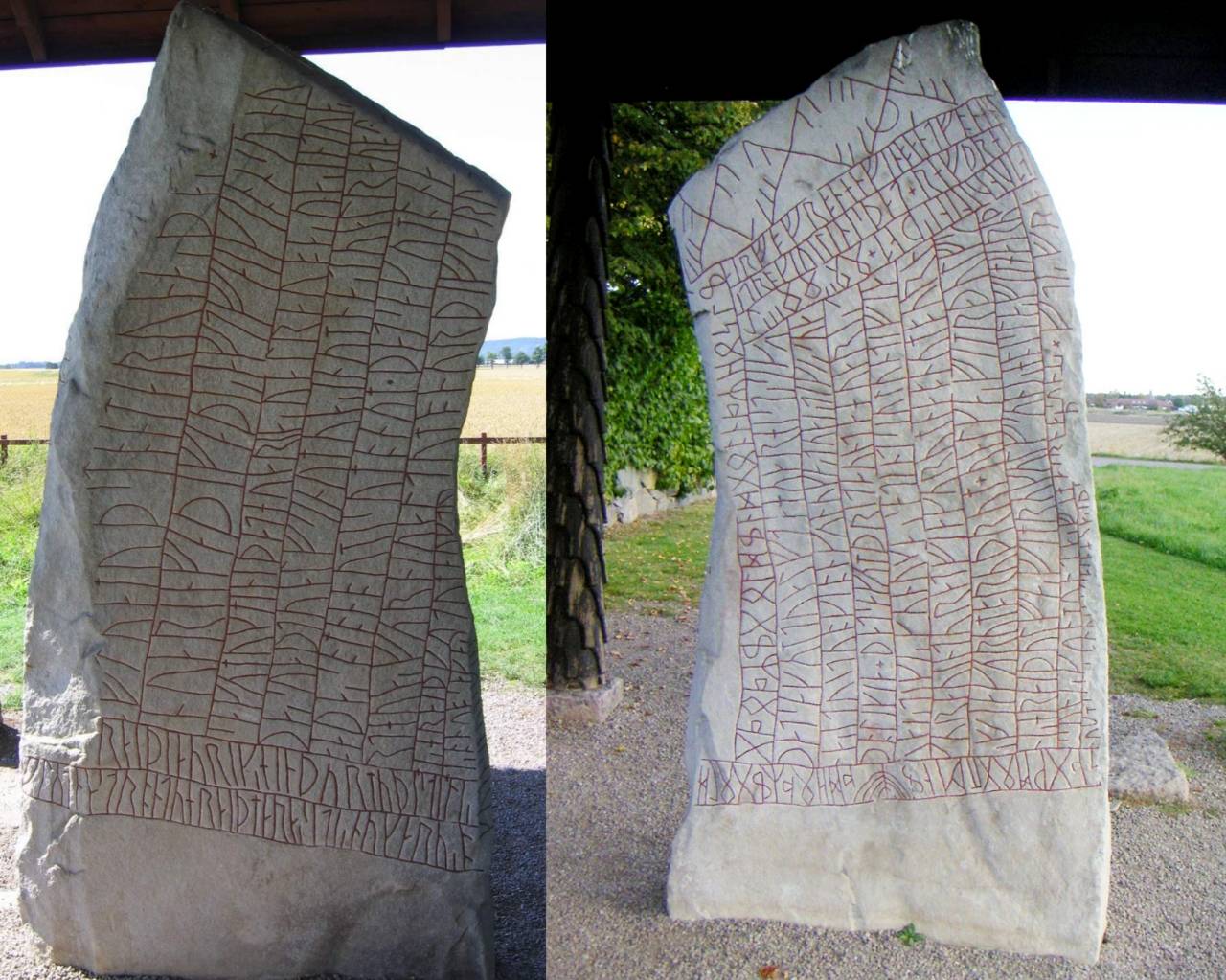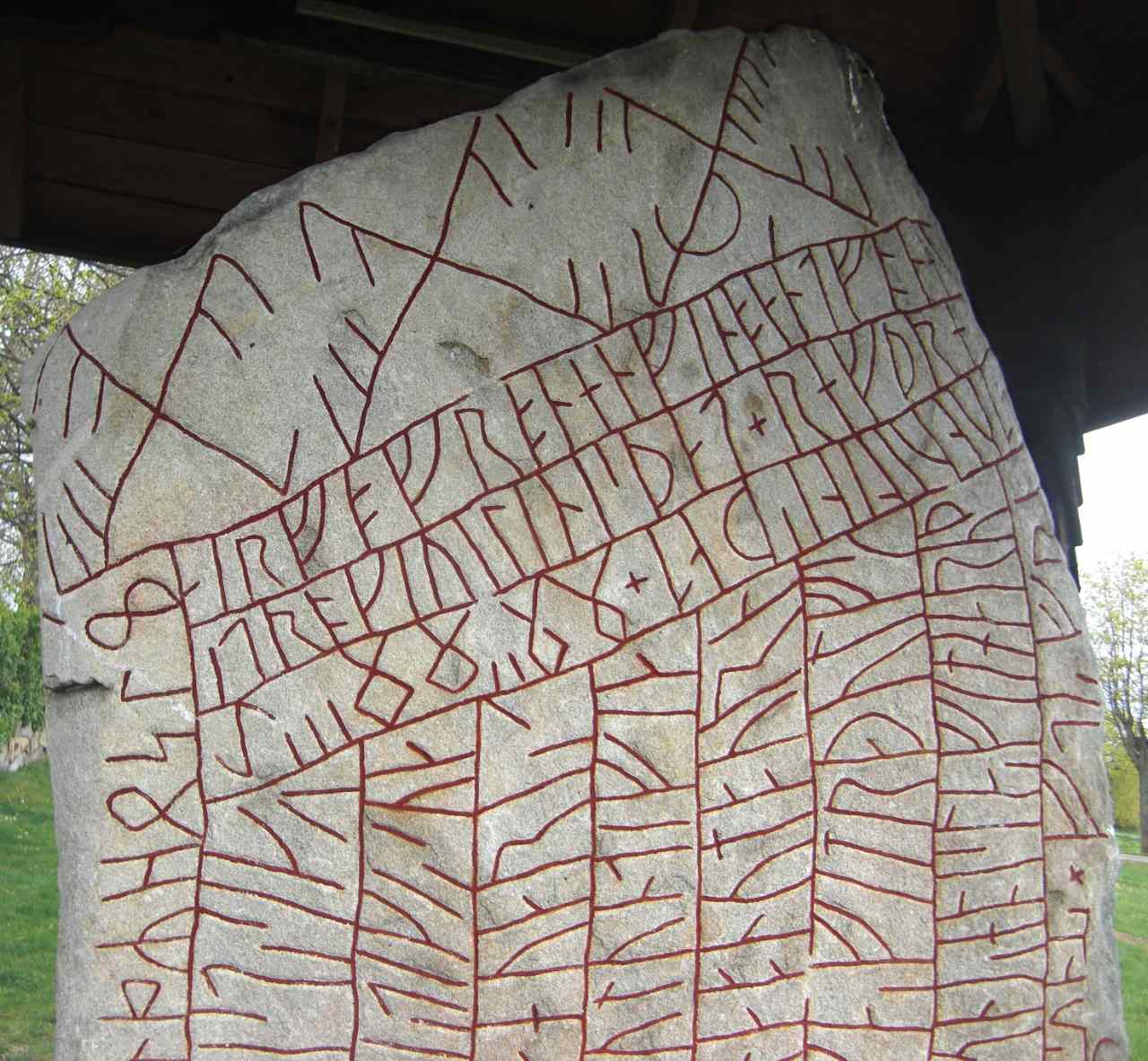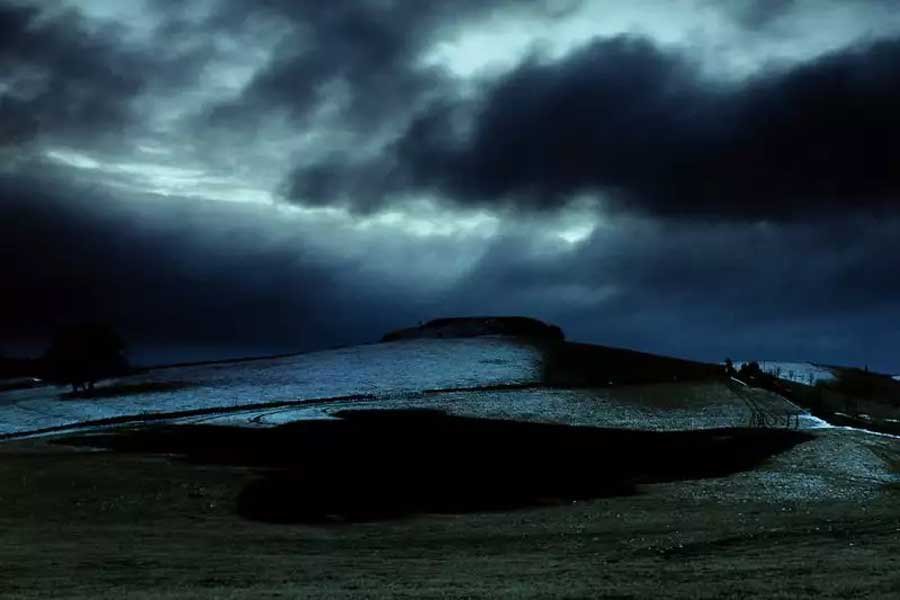Scandinavian scientists have decoded the renowned and enigmatic Rök Runestone. Its has almost 700 runes foreshadowing a climate changethat would bring a harsh winter and the end of time.

In Norse mythology, the advent of the Fimbulwintr heralds the end of the world. This is what the runes mean on the enigmatic Rök Runestone, which was constructed in beautiful granite in the ninth century near Lake Vättern in south central Sweden. The stela, which stands eight feet tall and another one further down, is notable for having the world’s longest runic inscription, with more than 700 signs spanning its five sides except the base which was to be put under ground.
The text is regarded as the most beautiful of all the runestones in the Scandinavian countries due to its distinctiveness. Sophus Bugge, a Norwegian, provided the first translation in 1878, but his explanation has been a source of contention to this day.
Per Holmberg, a professor of Swedish at the University of Gothenburg, led a study that was published in the journal ‘Futhark: International Journal of Runic Studies.’ The Rök Runestone, in his opinion, was constructed by Vikings in fear of a return of a climatic disaster. The Vikings were highly committed to their gods and had a strong belief in superstition, sorcery, and prophesy.
“The Vikings constructed the Rök Stone to warn future generations for the upcoming climatic disaster.”
Until recently, it was thought that the runestone was a sort of stele dedicated to a deceased son, as it references to “Theodoric’s” heroic actions. According to most scholars, this Theodoric is none other than the 6th century Ostrogoth ruler, Theodoric the Great. However, this is only a portion of a reference written in Old Icelandic.

The precise meaning of the text is difficult to determine since sections are missing and it incorporates multiple kinds of writing, highlighting the importance of the present study, which was conducted by academics from three Swedish institutions. They now believe the markings are an allusion to an approaching era of harsh cold, as the individual who raised the stone attempted to put his son’s death into context.
“The multidisciplinary approach was the key to unlocking enrolment. “It would have been difficult to unravel the enigmas of the Rök runestone without these partnerships combining literary analysis, archaeology, religious history, and runology,” says Per Holmberg in remarks to “Europa Press”. According to the study, “the inscription conveys the grief caused by the death of a son and the dread of a fresh climatic disaster comparable to the catastrophe that happened after 536 AD.”

Apparently, prior to the erection of the Rök runestone, a series of climatic events occurred that the villagers interpreted as ominous omens: a powerful solar storm coloured the sky in dramatic shades of red, crop yields suffered from an extremely cold summer, and later, a solar eclipse occurred just after sunrise. According to Bo Gräslund, professor of archaeology at Uppsala University, only one of these occurrences would have been enough to make the Fimbulwintr fearful.
Winters winter, according to Norse legend, lasted three years without respite and occurred immediately before Ragnarok (the end of the world). It produced blizzards, hurricane-force winds, freezing temperatures, and ice. While the Poetic Edda, composed in the 13th century, attests, people starved to death and lost all hope and kindness as they struggled for their lives.




